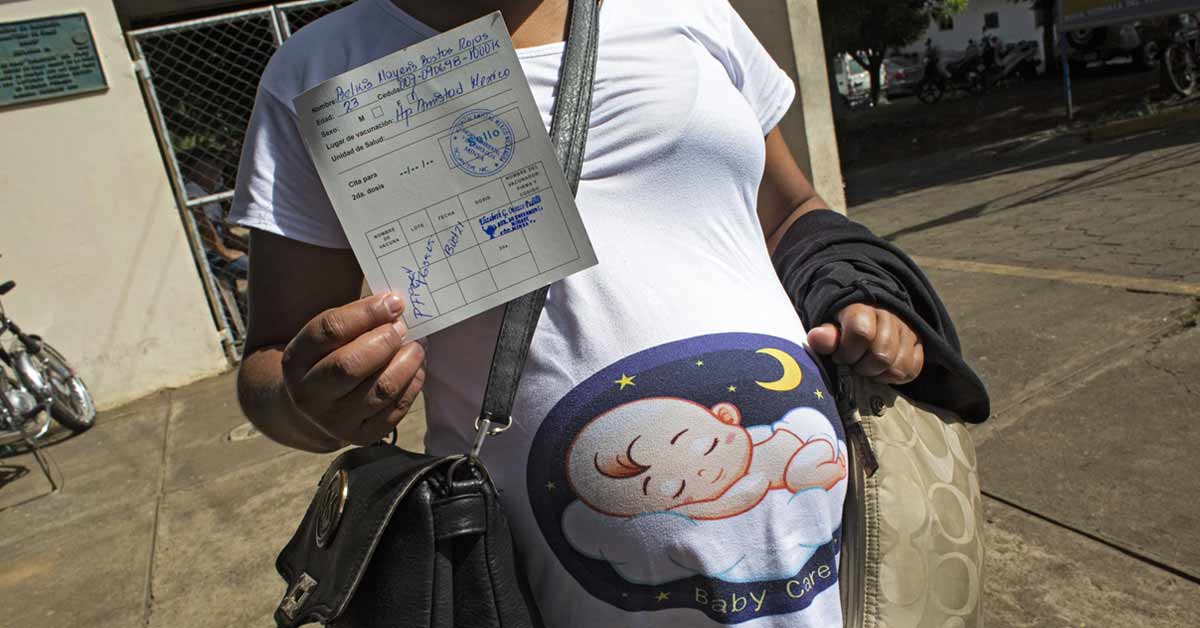The United Kingdom's Health Security Agency says its analysis of English data shows COVID vaccines are safe in pregnancy, reinforcing international evidence.
The agency found similar rates of stillbirths and preterm births for vaccinated and unvaccinated mothers.
Researchers say women should feel confident the jabs will help protect them and urge more to take them.
Their report shows just 22 percent of women who gave birth in August had had at least one jab.
Since mid-April, mothers-to-be have been offered the Pfizer-BioNTech or Moderna jab, with the second dose recommended eight weeks after the first.
Between January and August, the stillbirth rate was about:
• 3.35 per 1,000 vaccinated women
• 3.6 per 1,000 unvaccinated women
The proportion of babies of low birth weight was:
• 5.28 percent among vaccinated women
• 5.36 percent among unvaccinated women
The proportion of premature births was:
• 6.51 percent among vaccinated women
• 5.99 percent among unvaccinated women
But women first eligible for vaccination were more likely to be older or have an underlying medical condition - putting them at higher risk of premature births, researchers say.
Meanwhile, studies suggest about one in five women admitted to hospital with the virus have their babies delivered early and some of these babies need special intensive care.
And evidence suggests the risks of stillbirths are higher if a woman has COVID in pregnancy.
UKHSA immunisation head said the new information on safety was reassuring.
"Every pregnant woman who has not yet been vaccinated should feel confident to go and get the jab and that this will help to prevent the serious consequences of catching COVID in pregnancy," she said.
Vaccine coverage is increasing in the UK - but the report also shows the proportion of mothers to have had at least one jab at the time of birth was about:
• 17.5 percent among white women
• 13.5 percent among Asian women
• 5.5 percent among black women
And:
• 7.8 percent in poor areas
• 26.5 percent in richer areas
